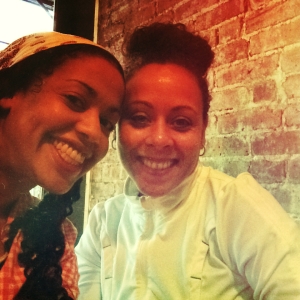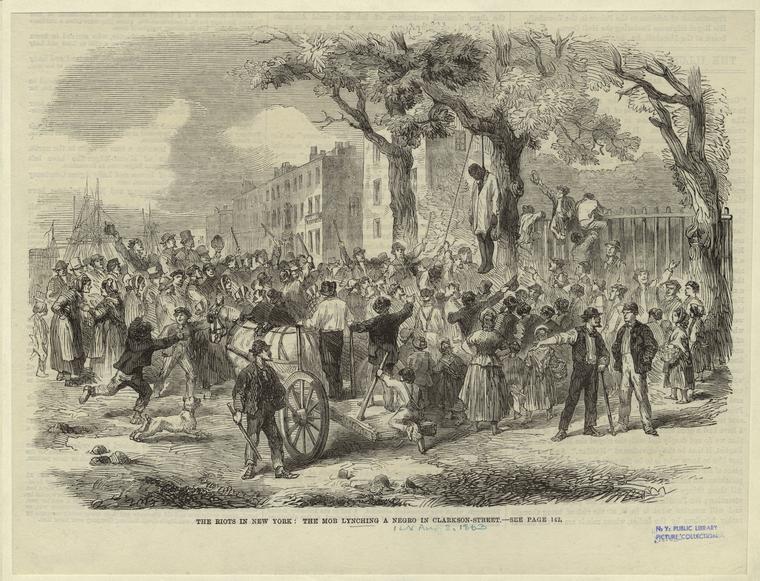Joys should be simple. Didn’t Pippin teach us that? Sorry, my musical theatre nerd wanted to speak. But anyway, joys should be simple not complicated. While I’ve been away examining my life, living my life, changing my life I’ve noticed that I have a tendency to shy away from things that bring me joy. I have a sneaking suspicion that it’s the experience of feeling that my joys are complicated that informs my reticence. But the joys actually are not complicated. Not to me. Only from the outside looking in. Only within the parameters of a paradigm in which black and white are mutually exclusive. Only when clinging to a dogma that rigidly defines an “us” and a “them” and prescribes clearly definable attributes to each. I’m gonna be a rebel here and doubt those antiquated notions. That’s not new for me though. Actually I’m going to be a rebel here just for myself and let go of my discomfort with the complexity others may still perceive in the things that bring me joy, in the things that are me, and I’m just gonna be and enjoy them. That is new for me. That is a challenge. But, hey, why not go ahead…
As for this article, I love that Mr. McCollum’s mother mandated that his Irish pride run fierce. I love that he takes pride in facilitating the paradigm shift. I love that someone wrote this article.
By Martine Powers
Ryan McCollum knows that on St. Patrick’s Day, he cuts an unusual figure.
All in green, a traditional Irish Claddagh ring on his finger and a houndstooth flat cap on his head, everything about his attire screams “Irish and proud.’’
But McCollum, 33, is also black. His father, a Navy man from Springfield, married an Irish-American girl from Downeast Maine.
He knows his appearance does not fit the bill of a stereotypical Irishman – most assume he’s black, or maybe Latino – but since childhood, his mother mandated that his Irish pride run fierce.
“Growing up, I knew I was Irish,’’ said McCollum, of Springfield, “even if the rest of the world didn’t know I was Irish.’’
As the American population has grown increasingly mixed-race in recent decades, some descendants of Irish immigrants are claiming a multiracial heritage, though they may differ in appearance from their red-haired, freckled ancestors. For them, the joys of embracing Irish roots are complicated by the challenges of being multiracial.
“I always feel this deep kinship with Irish people in Boston,’’ said Kelly Bates, a mixed-race Irish-American who lives in Roslindale. “But I don’t always feel like they have this kinship with me.’’
Between 2000 and 2010, the number of Americans who checked two or more races on the US Census increased from 6.8 million to 9 million.
Paul J. McNamara, president of the 275-year-old Charitable Irish Society, said he does not believe that any of the organization’s 400 current members are multiracial, but the group welcomes membership applications from anyone interested in promoting Irish history and culture.
“Most people in our group want to appreciate and retain their Irish roots,’’ McNamara said. “There is a strong element that you want to participate and preserve aspects of the culture.’’
But for Bates, it’s not quite so simple.
Her mother, a black woman from Harlem, married an Irish-American man from Massachusetts. Bates loves to visit her huge, boisterous Irish-Catholic family in Lynn. She grew up reading Irish poetry with her father. She calls him every March 17 to hear the legend of Saint Patrick and the snakes.
In a ritual that is all too familiar for many mixed-race people, new acquaintances try to guess Bates’s heritage. Usually, they pick Puerto Rican or Colombian. Maybe Middle Eastern or Italian.
But Irish? Never.
![17mixedirish3[1].r](https://mulattodiaries.com/wp-content/uploads/2013/03/17mixedirish31-r.jpg?w=368&h=246)
Kelly Bates, executive director at Access Strategies Fund, is also part Irish.
“You could look at my cousins and me, and you could see the resemblance,’’ said Bates, executive director of the philanthropic foundation Access Strategies Fund. “But they would be accepted [as Irish] right away, and it would be very different for me.’’
Part of that divide may come from Boston’s racially fraught past, she said.
“I’m aware of the fact that my cultural communities have not always been able to build a bridge toward each other, especially in this city,’’ said Bates.
While Irish and African-American communities worked and lived in close proximity in the decades after America’s founding – both groups were stigmatized by English landowners – they grew antagonistic toward one another at the end of the 19th century, said Marie E. Daly, library director at the New England Historic Genealogical Society. In the last century, the communities have butted heads over labor rights, housing, and public school desegregation.
Bates said she is just as proud to be African-American as she is proud to be Irish. After all, she said, the sound of bagpipes and African drums both give her chills. But she sometimes worries about expressing pride in her Irish roots. As much as Irish is a national origin, she said, it also identifies her as white. She does not want others to think she has distanced herself from her black identity.
“I think my black friends and black colleagues don’t know what to make of it when I talk about my Irish heritage,’’ Bates said.
Mari Tanaka, a junior at Harvard, knows that most people think they immediately have her pegged.
“I guess I look Asian, but I don’t feel comfortable with people just assuming that’s all I am,’’ said Tanaka, 21. “Growing up, being Irish has been such a big part of my life.’’
Most of Tanaka’s ancestors hailed from Japan, but her mother’s father is Irish-American. During her childhood in Hawaii, he ensured that she listened to traditional Irish music, watched “Riverdance,’’ and ate corned beef and cabbage on St. Patrick’s Day.
College has offered her an opportunity to further explore her Irish roots. She has connected with Irish-American relatives in Cambridge who show her genealogical charts and tell stories about her ancestors. While she felt pressure to take a class in East Asian Studies, Tanaka, a biology major, instead chose to enroll in a class on Celtic history and culture where she was one of two nonwhite people.
“I felt like, yeah, being Asian, that’s a part of me,’’ Tanaka said. “But there’s another part of me that is much less explored.’’
McCollum, a political consultant, hopes to travel to Ireland, and he knows he will arrive in the land of his ancestors and find that no one looks like him. But that doesn’t bother him.
A history buff, McCollum spends much of his time reading about Irish history and culture, learning about his family’s genealogy, and watching Irish sports.
“For people who are proud of being Irish and knowing their Irish roots, it’s almost like a game – like, ‘How Irish are you? What county are you from? How many times have you been? Is your family still there?’’’ said McCollum, who is board member for the Irish Immigration Center. “If I’m in a room with Irish folks and have to re-prove my Irishness, I can talk to them about facts and history of Ireland.’’
McCollum’s surname adds further confusion: People often assume it represents his Irish side, but it’s a Scottish name probably adopted by his father’s African slave ancestors from their owners.
His African-American heritage is just as important as his Irish roots, he said; his passion for history extends to antislavery politics and the Black Power movement. But because of his skin color, he has no trouble relating to other black people. Being Irish, he said, is a less obvious part of his identity.
“A lot of times, I am that reminder that every Irish person doesn’t look like a stereotypical Irish person,’’ McCollum said. “And I don’t mind being that reminder. Sometimes, I take pride in that.’’

 it out here:
it out here:














![17mixedirish3[1].r](https://mulattodiaries.com/wp-content/uploads/2013/03/17mixedirish31-r.jpg?w=368&h=246)





![[Nick+Biddle.jpg]](https://mulattodiaries.com/wp-content/uploads/2011/04/nick2bbiddle.jpg?w=339&h=505)












